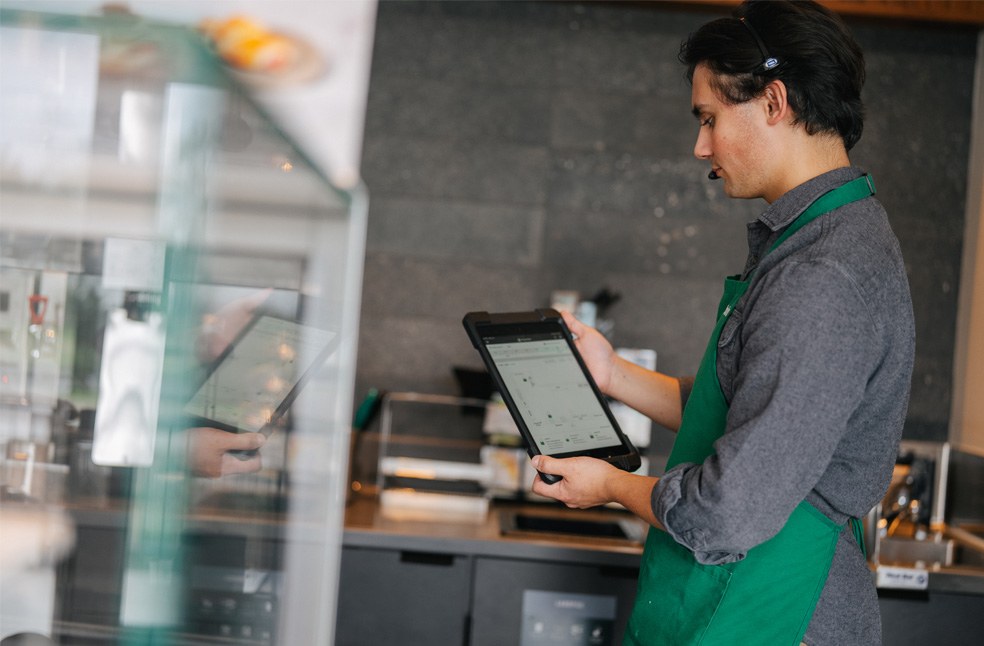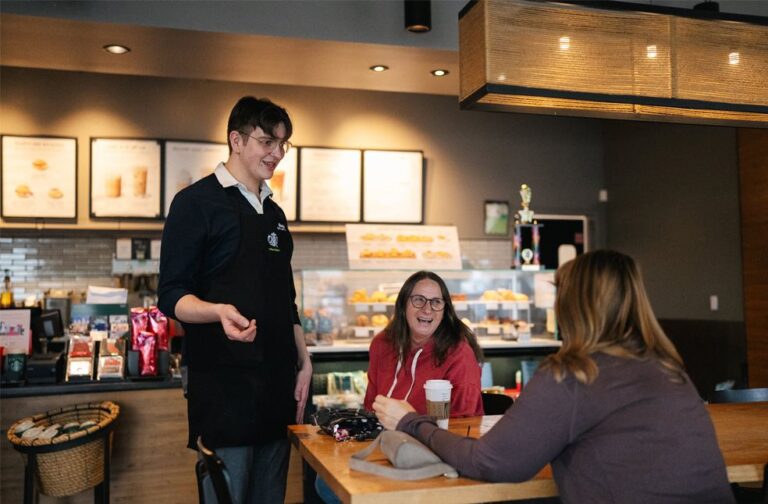Seattle: Starbucks is shifting its strategy by expanding its barista workforce and pulling back on automation, as part of broader efforts by CEO Brian Niccol to revive the coffee chain’s performance and reconnect with customers.
The move comes while intensifying industry reliance on technology to cut costs, but Starbucks is choosing a different path following declining sales and customer dissatisfaction.
Niccol, who took over leadership of the company in September 2024, revealed during a recent investor call, that the previous approach of reducing labor in stores and relying on automated systems had fallen short.
“Over the last couple of years, we’ve been removing labour from the stores. I think with the hope that equipment could offset the removal of the labour,” Nicol added.
In response, Starbucks began testing increased staffing in select locations and has now expanded the approach to approximately 3,000 stores across the US and other markets.
The company is also scaling back the deployment of its Siren drink-making system, an automated suite introduced in 2022 named after Starbucks’ iconic logo, designed to improve operational efficiency.

Niccol acknowledged that hiring more baristas will inevitably raise costs but said that he’s “banking on some growth to come with the investment.” The broader transformation includes changes beyond staffing.
Key changes to come
Starbucks is revamping its menu, store environments, and even employee attire. In April, the company introduced a new dress code requiring baristas to wear dark, solid-colored shirts, designed to emphasize the green apron and create a more unified, recognizable image for customers.
Another key change involves the reversal of a policy introduced in 2018, which allowed people to use Starbucks locations, including restrooms without making a purchase.
In January, the company reinstated a rule requiring customers to buy something before using café facilities in North America, marking a notable shift in its store policy approach.
However, these turnaround efforts have yet to yield significant financial improvement. Starbucks’ most recent quarterly results showed a 1 percent decline in global sales for the three months ending in March 2025, representing the company’s fifth consecutive quarter of declining revenue.
While sales remained sluggish in its core US market, some positive growth was reported in China and Canada.
Following the earnings announcement, Starbucks shares dropped more than 6.5 percent in extended trading, underscoring the challenges Niccol faces as he works to steer the company toward recovery.



